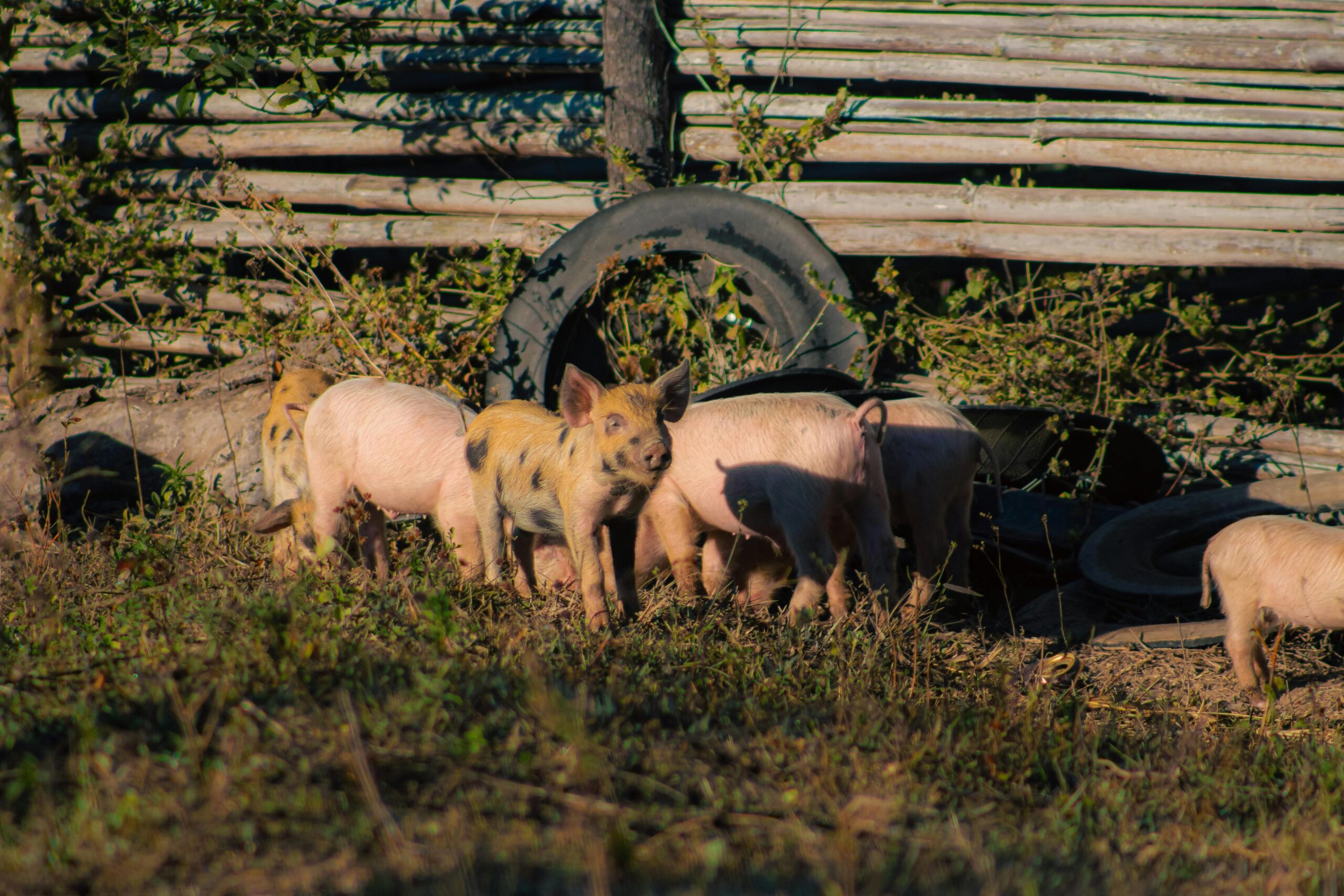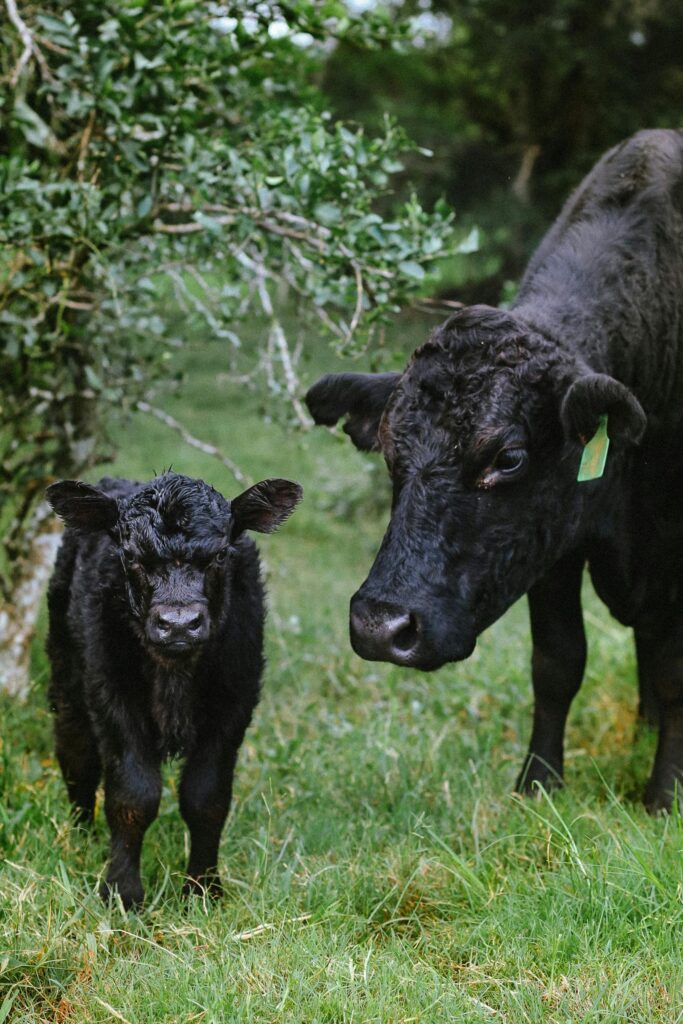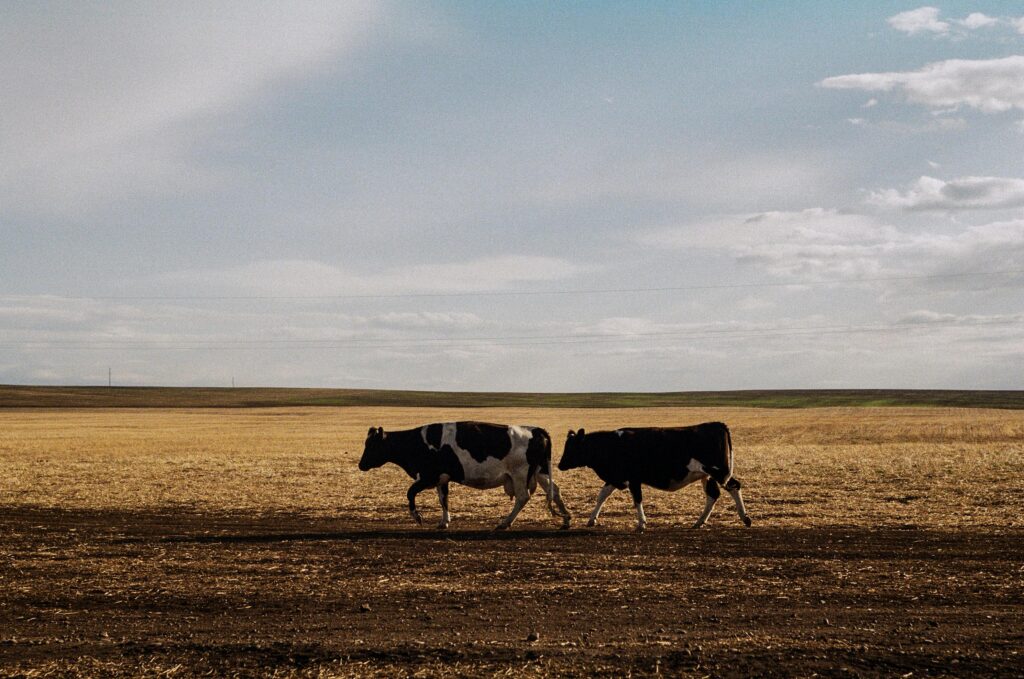General Price Trends
- Weekly Pork Carcass Prices in 2024 demonstrate significant volatility compared to the five-year average. Early 2024 showed prices hovering near or slightly below 2023 levels, but notable volatility was observed later in the year.
- In the first quarter (Jan-March), prices experienced steady increases due to seasonal demand recovery but remained below the peak levels observed in prior years like 2022 and 2021. For instance, the week ending March 30, 2024, saw prices rising by 19.1% compared to 2023, indicating strong upward momentum.
- Later months show contrasting trends, with declining prices in mid-summer (July) as volumes increased but demand softened.
Primal Cut Observations
- Loins: Prices for loins in 2024 fluctuated significantly but remained below 2023 for most of the year, reflecting a weak market for this cut.
- Hams: Hams saw seasonal peaks closer to the holiday period in late Q4. Prices spiked in November before easing into December, aligning with increased holiday-related demand.
- Bellies: This category was the most volatile. Bellies started strong in early 2024 but sharply dropped in mid-year due to oversupply and reduced demand.
Volume Trends
- Load volumes (total cuts, trims, and processed pork) fluctuated throughout 2024. High loads in late summer align with price declines, suggesting market oversupply.
- For example, the week ending July 20, 2024, saw a load count significantly higher than previous weeks, coinciding with sharp price reductions. This dynamic highlights supply-demand mismatches.
Year-to-Year and Five-Year Average Comparisons
- A striking feature of 2024 is the deviation from the five-year average. While certain weeks outperformed 2023 (e.g., April showing a 30.4% price increase), the trend reversed in summer, with some weeks reporting prices below both 2023 levels and the five-year average.
- Declines in Q3 2024: July and August experienced notable price reductions. For instance, the week ending August 10 showed a 10.2% decline compared to 2023, indicating softer market conditions.
Implications
- Producers: High volatility in pork prices requires flexible production strategies. The mid-year price slump suggests producers faced pressure from oversupply during summer.
- Retailers: Primal cut-specific trends (e.g., bellies showing more substantial seasonal fluctuations) indicate the importance of aligning inventory with seasonal price peaks and demand changes.
- Traders: The data underscores the need for hedging and strategic planning to mitigate risk from unexpected market shifts, particularly during volatile periods like Q3 2024.
Key Takeaways
- 2024 was marked by sharp price fluctuations, with periods of intense demand recovery offset by mid-year supply issues.
- Producers and market participants should focus on aligning production volumes with demand trends to stabilize prices.
- Market volatility underscores the importance of using advanced forecasting tools and strategic market planning to effectively navigate the unpredictable pork industry dynamics.


